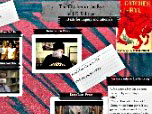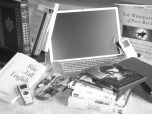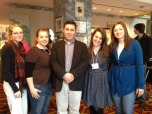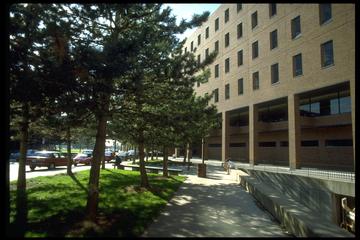New Literacies Group
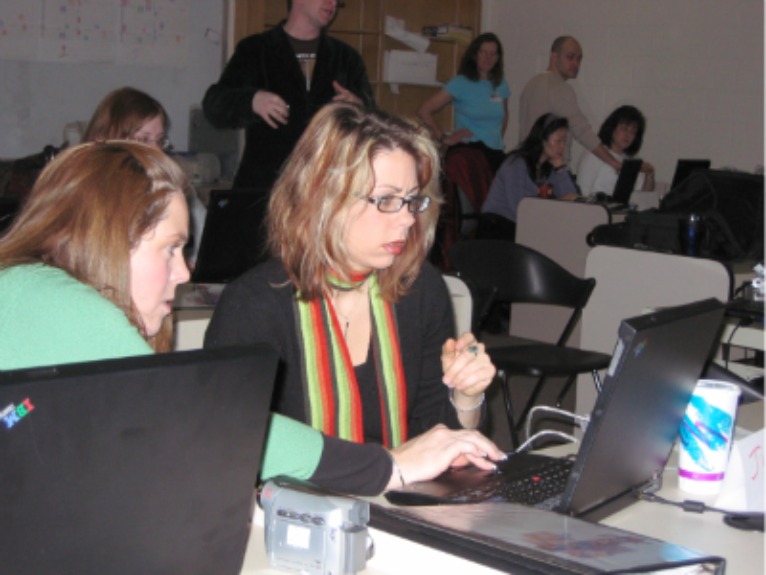
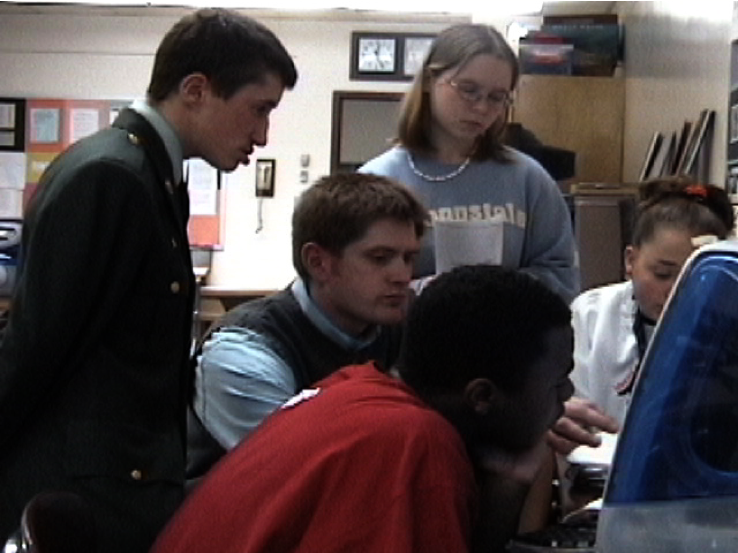
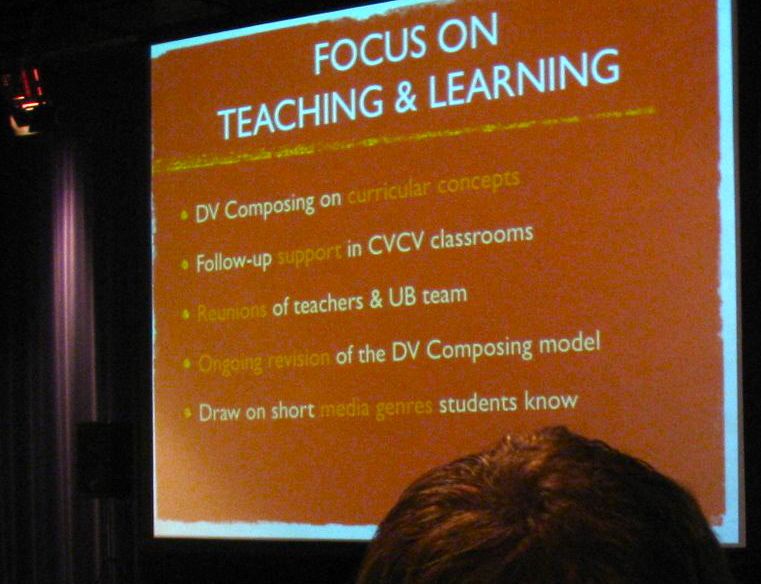
The mission of the New Literacies Group at the University at Buffalo is the advancement of knowledge about and innovative uses of multimodal literacies in the context of an increasingly diverse society. This focus includes, but is not limited to, computer-based digital technologies that provide quick access to multiple modes of representation, that is, digitally afforded multimodality. In both in-school and out-of-school contexts, the NLG focuses on multimodal literacies to mediate excellent teaching and learning for millennial students.
Announcements
Books
Edwards, L., Ferrara, F., & Moore-Russo, D. (Eds.) (2014). Emerging Perspectives on Gesture and Embodiment in Mathematics. In the series International Perspectives on Mathematics Education - Cognition, Equity & Society. Charlotte, NC: Information Age Publishing. Available for purchase online.
While establishing a common language for, and understanding of, embodiment as it applies to mathematical thinking, this book links mathematics education research to recent work in gesture studies, cognitive linguistics and the theory of embodied cognition. The overall goal for the volume is to acknowledge the multimodal nature of mathematical knowing as a series of interactions that are influenced by bodily motion, spatial thinking, gesture, speech and external inscriptions. Read More...

Miller, S. M. & McVee, M. (2012). (Eds.). Multimodal composing in classrooms: Learning and teaching in the digital world. New York: Routledge. Available for purchase online.
Taking a close look at multimodal composing as an essential new literacy in schools, this volume draws from contextualized case studies across educational contexts to provide detailed portraits of teachers and students at work in classrooms and to elaborate key issues in transforming classrooms with student multimodal composing, including changes in teachers, teaching, and learning. Read More…
Articles
Moore-Russo, D., & Shanahan, L. E., (2014). A broader vision of literacy: Including the visual with the linguistic. Journal of Adolescent & Adult Literacy, 57(7), 527-532.
Nagle, C., & Moore-Russo, D. (2014). The concept of slope: Comparing teachers’ concept images and instructional content. Investigations in Mathematics Learning, 6(2), 1-18.
Moore-Russo, Buchheit, J., & Walker, E. T. (2013). Cognitive and social themes in children's public television programming in the U.S. Journal of Children and Media, 7(2), 253-272.
Moore-Russo, D., Viglietti, J. M., Chiu, M. M., & Bateman, S. M. (2013). Teachers’ spatial literacy as visualization, reasoning, and communication. Teaching and Teacher Education, 29(1), 97-109.
Viglietti, J. M., & Moore-Russo, D. (2013). Pre-service and novice teachers’ use of online mathematics education resources: A look at the first wave of digital natives. New York State Mathematics Teachers’ Journal, 63(2), 57-62.
Brijlall, D., Bansilal, S., & Moore-Russo, D. (2012). Exploring teachers’ conceptions of representations in mathematics through the lens of positive deliberative interaction. Pythagoras, 33(2), 60-67.
McGee, D., Moore-Russo, D., Ebersole, D., Lomen, D., & Marin Quintero, M. (2012). Visualizing three-dimensional calculus concepts: The study of a manipulative’s effectiveness. PRIMUS: Problems, Resources, and Issues in Mathematics Undergraduate Studies, 22(4), 265-283.
Moore-Russo, D., & Viglietti, J. M. (2012). Teachers’ communication and understanding of axes in 3-dimensional space: An introduction to the K5 Connected Cognition Diagram. Journal of Mathematical Behavior, 31(2), 235-251. Read full article.

